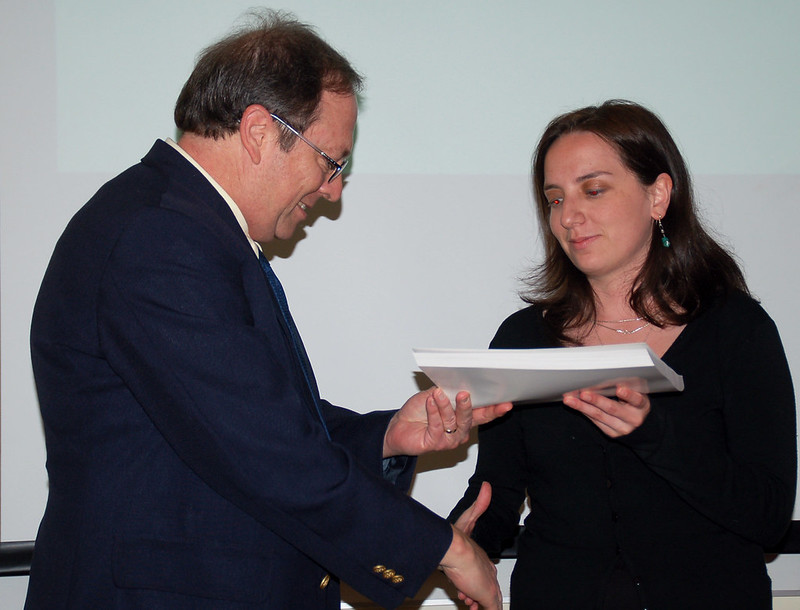
Disagreements are a common part of every negotiation. Using their negotiation styles and negotiating techniques both sides of the table end up seeing things differently and because of that their progress towards reaching an agreement can grind to a halt. When something like this happen, one way to address it is to take the time to work with the other side in order to uncover facts about what is being negotiated. The reason that both sides have their opinions may be based on partial or incomplete information. By working together, it is possible that you may be able to get the negotiations back on track.
Joint-Fact Finding As A Part Of A Negotiation
It turns out that in integrative negotiations, cooperation in joint-fact finding is relatively common. Sometimes the negotiating parties disagree on key facts and forecasts but lack either the technical or scientific expertise needed to come to a consensus.
Using joint fact-finding as a part of a negotiation is a multistep collaborative process for bringing together parties in such technical disputes. Rather than hiring experts to analyze a situation, the negotiating parties decide to work together cooperatively and decide how information should be gathered, analyzed, and interpreted.
What Are The Rules For Joint-Fact Finding?
If you decide to take this path, then both negotiators need to begin by setting a fact-finding agenda and ground rules for the process. Together, they decide on the issues that will require technical analysis, the questions that experts should ask, and how best to move forward after receiving a technical analysis. Next, the parties work together to find and select one or more advisers. Advisers present their analyses and various courses of action to all negotiating parties involved. To maintain their objectivity, experts should refrain from recommending any particular solution.
Joint fact-finding educates both parties about the science behind the issues at stake. In doing so, it can spur agreements that are more creative, credible, harmonious, and lasting than those developed using a traditional “adversary science” process. Although a shared set of unbiased conclusions doesn’t guarantee that negotiating parties will come to an agreement, it does ensure that they won’t dismiss technical matters out of hand.
What we need to keep in mind is that joint fact-finding may not be the right choice if the more powerful or knowledgeable party might seek to use it as leverage to maintain the power imbalance. In a case like this, an alternative might be to create a joint task force that would collect information and perhaps and develop a long-term vision.
What All Of This Means For You
During a principled negotiation it is always possible that an obstacle may be encountered. Both sides of the negotiation believe that they understand how best to deal with the obstacle and yet their approaches are different. When this happens, the chances of reaching a deal can seem to be very far away. One way to deal with a situation like this is to agree to do some joint-fact finding and have both sides work together to uncover facts about what is causing the blockage.
The reason that both sides may be willing to participate in a joint-fact finding exercise is because they realize that they don’t have all of the answers. Joint-fact finding is a collaborative activity. Instead of hiring experts, both sides participate. When taking this approach, it is important to first set an agenda and some ground rules. The results of this exercise can be that it allows both sides to come up with better agreements than they thought that they could earlier on. This may not always be the right approach for every negotiation.
Negotiators need to have a set of tools that they can use when they encounter issues during a negotiation. Joint-fact finding is a powerful tool that can be used to help get parties around something that is blocking a negotiation. By working together questions can be answered and new solutions can be found. The next time that your negotiation runs into a roadblock, consider using joint-fact finding to find a way around it.
– Dr. Jim Anderson
Blue Elephant Consulting –
Your Source For Real World Negotiating Skills™
Question For You: When using joint-fact finding, do you think that you should set any time limits for how long you will take?
P.S.: Free subscriptions to The Accidental Negotiator Newsletter are now available. Learn what you need to know to do the job. Subscribe now: Click Here!

